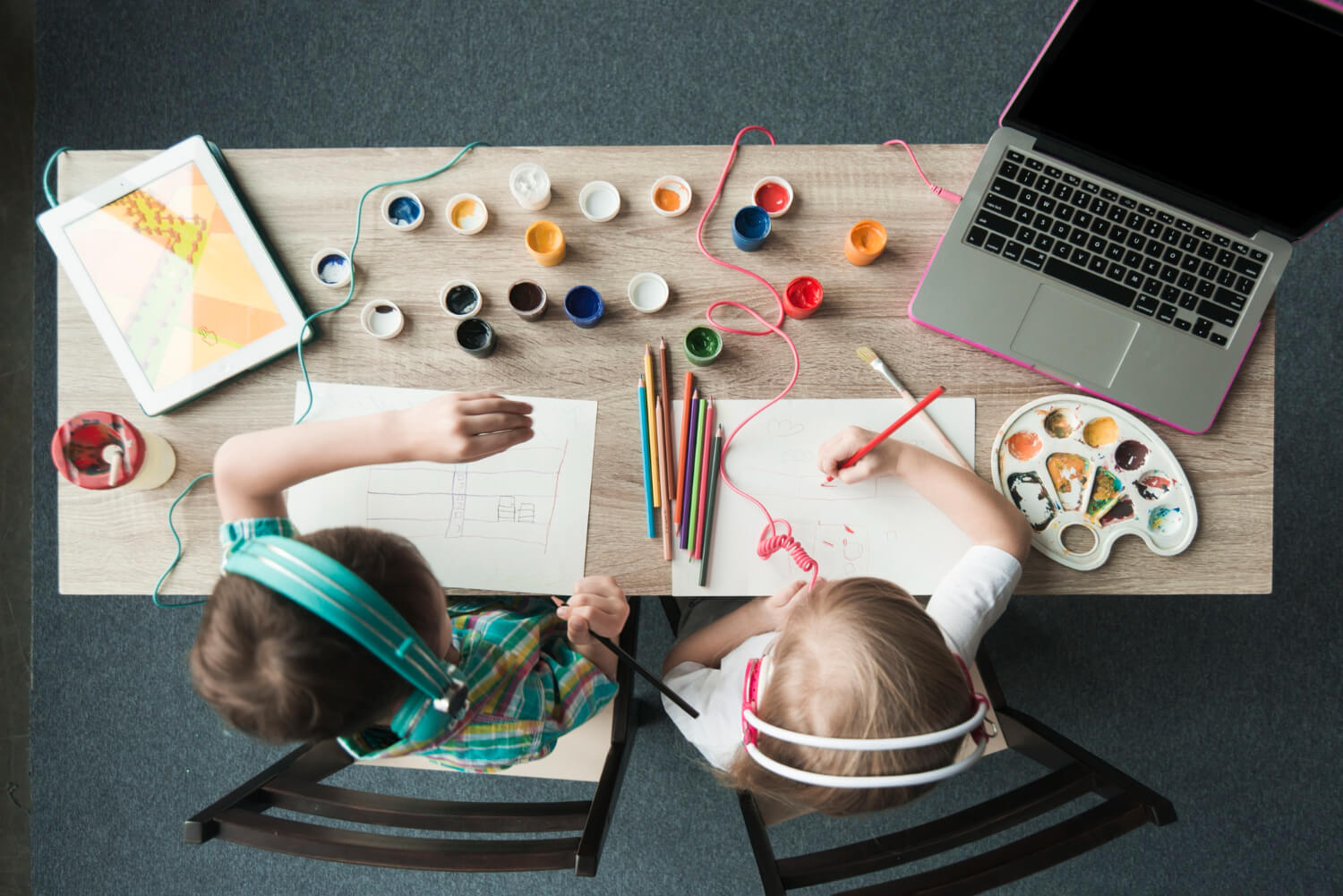Art plays a critical role in enhancing a student’s ability to learn and excel in STEM (Science, Technology, Engineering, and Mathematics) subjects. One of the main ways art contributes to STEM education is through the development of strong visualization skills. In subjects like math and engineering, being able to picture how components fit together or how a formula creates a shape is crucial.
For example, in geometry, students often struggle with visualizing shapes and understanding how angles work. By engaging in drawing or sculpting activities, students can see and touch the shapes they are learning about. This hands-on approach makes abstract concepts more concrete and understandable.
Boosting Creative Thinking
Art also encourages creative thinking, which is essential in all STEM fields. Creative thinking leads to innovation—coming up with new ways to solve problems or new ideas that can be tested through scientific methods. In science classes, for example, students might use art to design experiments or visualize complex processes like photosynthesis. By drawing or modeling these processes, they can better understand and remember them.
Moreover, art activities require decision-making and problem-solving, skills that are directly applicable to STEM projects. When students create a piece of art, they decide what materials to use, how to apply them, and how to adjust their approach if something doesn’t work as expected. These are the same types of skills a scientist or engineer uses when experimenting or building.
Engaging Diverse Learners
Art integration in STEM education proves particularly beneficial for engaging diverse learning styles. Some students may not respond well to traditional teaching methods that emphasize memorization and repetitive tasks. Art provides a more dynamic and tactile learning experience. For instance, building a model can help a kinetic learner understand a concept through movement and manipulation, while a visual learner might benefit from color-coding parts of a diagram.
This engagement is crucial in maintaining interest in subjects that students might otherwise find intimidating or unappealing. By incorporating art, educators can reach a wider range of students and help them connect with material in a way that suits their learning preferences.
Enhancing Communication Skills
Art in STEM also enhances communication skills. Many art projects require collaboration and discussion, which helps students learn to express their ideas and listen to others. This is especially important in STEM fields, where complex ideas often need to be explained clearly and concisely.
In a classroom setting, students might work together on a large art project that illustrates a scientific concept. During this process, they have to communicate their understanding of the concept, negotiate design ideas, and collaborate to create the final piece. These activities teach students how to articulate their thoughts and work as part of a team.
Making Learning Enjoyable
Incorporating art into STEM subjects not only aids learning but also makes education more enjoyable. Students are more likely to engage with and retain information that is presented in an enjoyable way. Art projects can break up the monotony of regular classroom activities, keeping students motivated and curious.
For example, using digital tools to create art related to a math problem (like designing a house using specific geometric shapes) can make the learning process fun and relevant to real-life scenarios. This not only helps students understand the practical applications of what they are learning but also stimulates their interest in these subjects.
The integration of art into STEM education offers numerous benefits, from improving visualization and creative thinking to engaging diverse learners and enhancing communication skills. These skills are essential for success in any STEM field and can lead to a deeper understanding and appreciation of both the arts and sciences.
By adopting an interdisciplinary approach, educators can create a more rounded and effective educational experience that prepares students for the challenges of the modern world. Art is not just a complementary addition to STEM education—it is a powerful tool that can transform how students learn, think, and interact with the world around them.
